In a recent update, Google required all third-party providers to include a dedicated opt-out landing page within the New Merchant Experience (NMX) dashboard.
This page should clearly explain the steps merchants can take to disconnect their Google Business Profile (GBP) from their reservations, waitlist, or food ordering applications.
Take back control from third-party providers with your Google Business Profile
Before this mandate, third-party service providers had significant control over Google Business Profiles, and merchants were unable to remove these integrations themselves and were often confused about where to turn. .
If a seller reached out to support for help, they were advised to contact their provider directly.
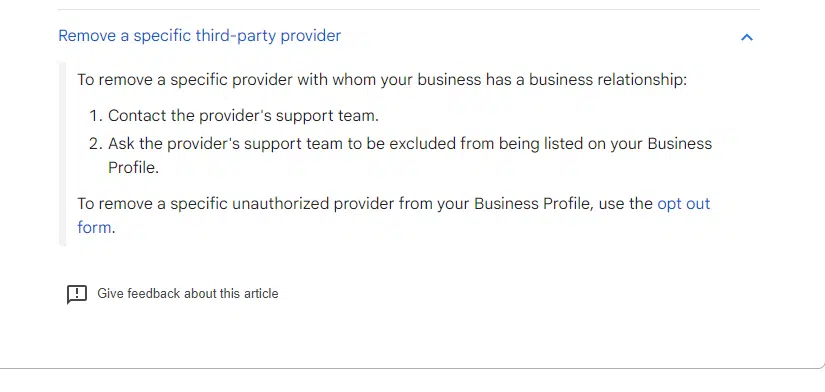

Guide to removing third-party providers
To disconnect a service provider from your Google Business Profile within the NMX dashboard:
- invite ordering food.
- Select the service provider you want to remove.
- click Delete provider.
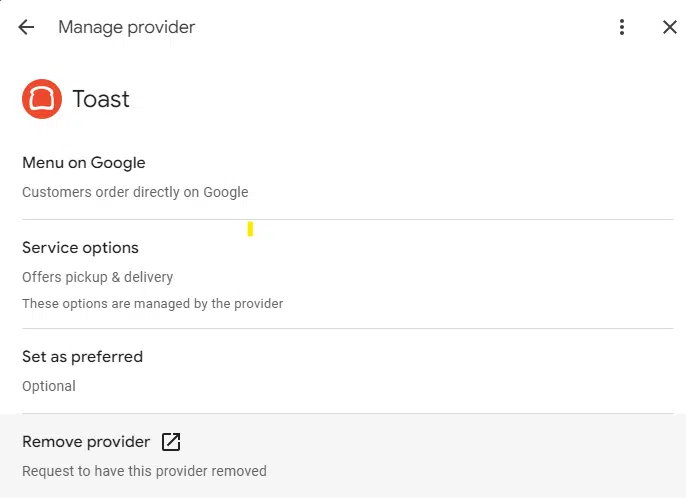

Get the daily newsletter search that marketers rely on.
Manage providers
Provider removal links are provided by third-party integrations.
If you manage your business profile on Google, keep in mind that you can't directly edit or remove these links unless you manually add the URLs.
Instead, each provider provides a landing page informing merchants how to disable the integration.
Some providers outline a step-by-step guide to disconnecting within their applications, while others have forms or direct sellers to a support representative.
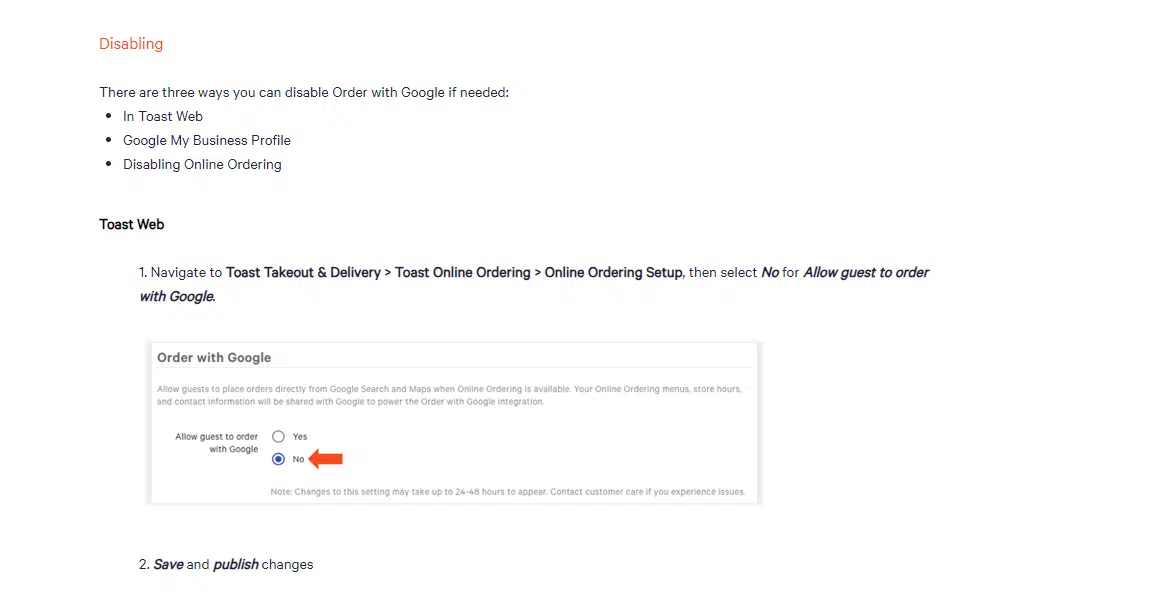

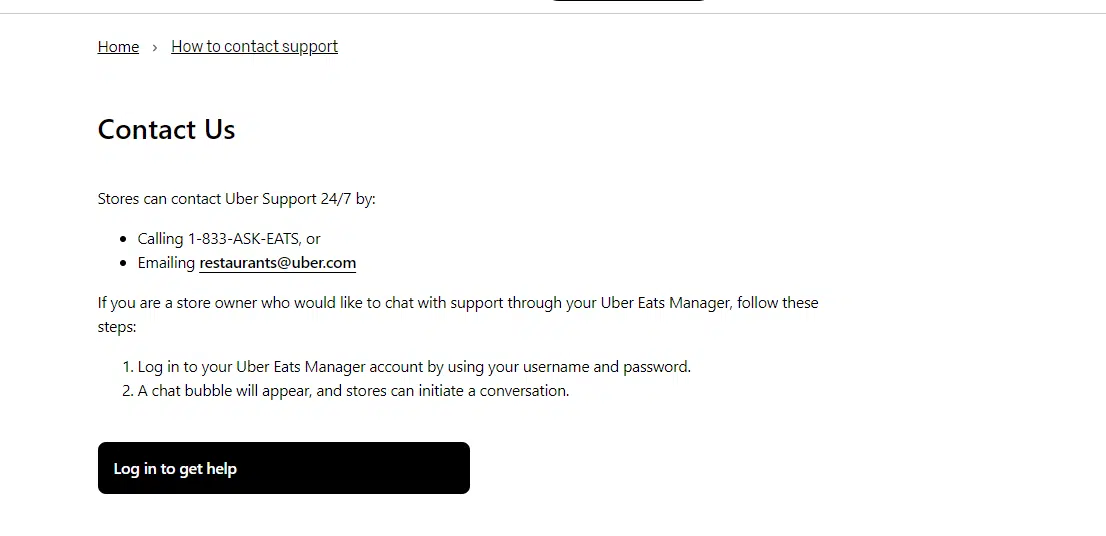

Google Docs has been updated as follows:
“Providers must remove third-party links from their profiles within five days of receiving a removal request. If the provider does not process your request, please report a violation.”
Too many choices?
Food ordering pages can sometimes feel like they're overflowing with options. Take DoorDash, which owns Caviar, and his GrubHub, parent company of Seamless, Eat24, and Tapingo.
With so many options, a seller's Google Business Profile can be too busy and customers may be confused about where to order.
Recent updates require providers to make it easier for sellers to offer services they don't want to offer. This is great news for brands looking to declutter their online ordering and booking options.
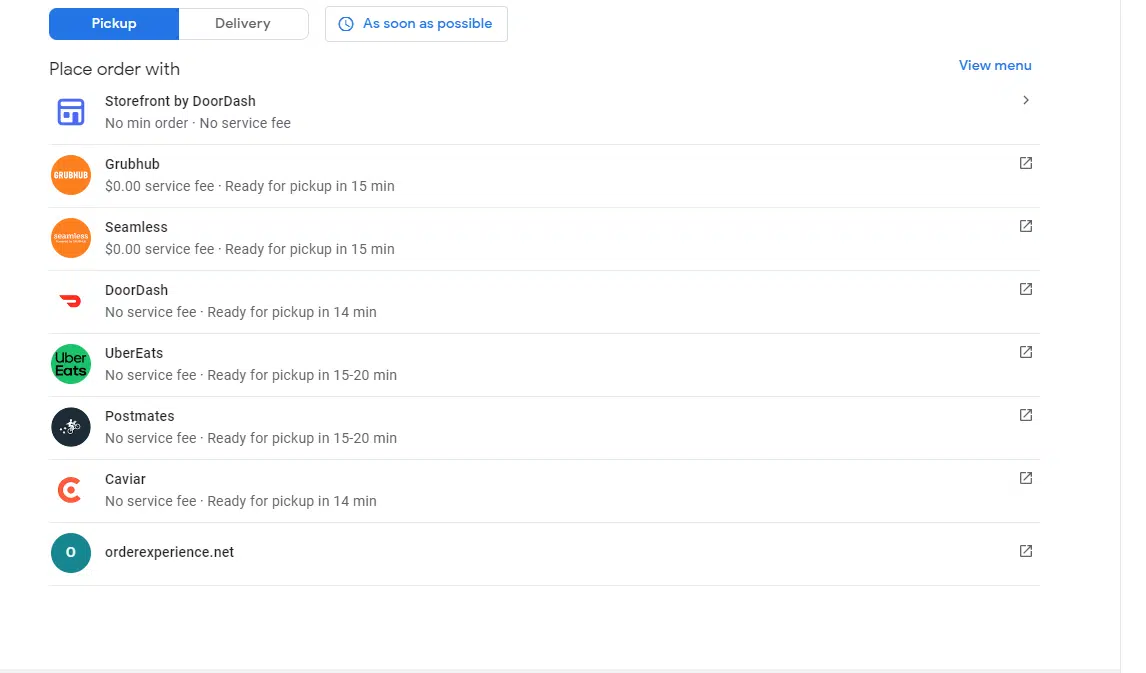

In light of this mandate, DoorDash launched Google Forms to allow brands to customize products for all or some stores with the option to opt out of DoorDash, Caviar, or both.
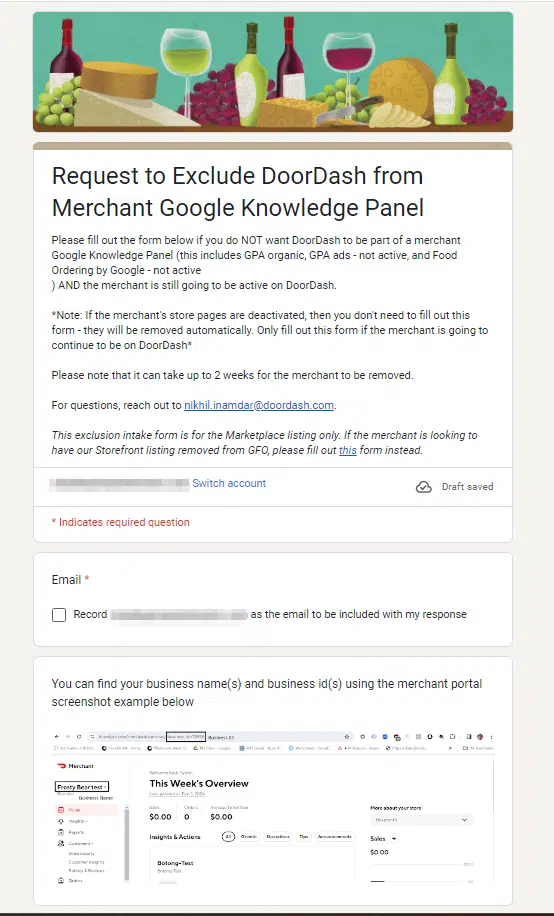

This change is truly transformative for business owners and brings a new level of transparency.
Perhaps from Google's perspective, this new process could help reduce the number of support tickets it receives regarding third-party removal requests.
How third-party integrations affect Google Business Profile metrics
Sellers should weigh the pros and cons before deciding to sever their relationship with a third-party provider. Removing these integrations can directly impact performance metrics.
Remember, all interactions with your Google Business Profile (GBP) are aggregated into your performance statistics.
However, if a third-party link directs a customer to another site outside of Pounds, that action will not be counted in the metric.
So think about it. What will best serve your business and your customers in the long run?
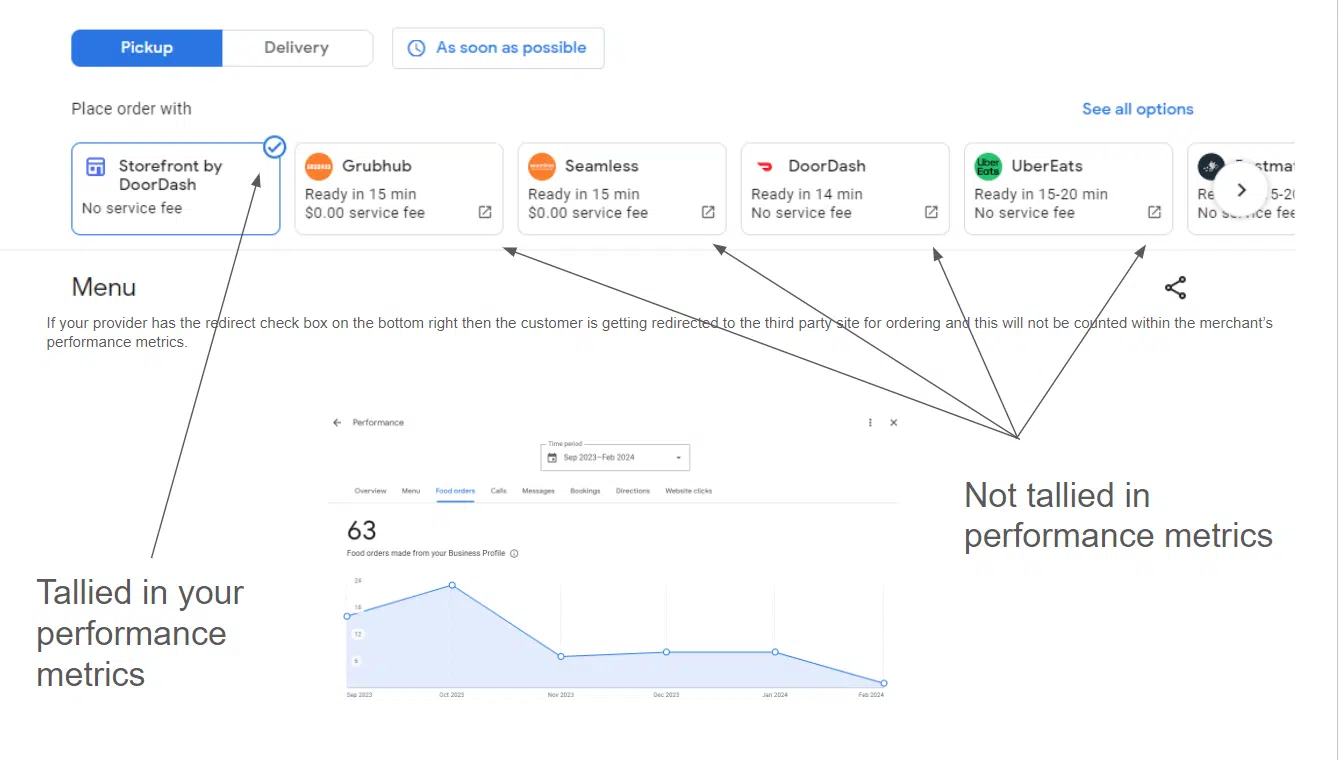

Learn more: How to manage and edit your Google Business Profile from Google Search
The opinions expressed in this article are those of the guest author and not necessarily those of Search Engine Land. Staff authors are listed here.


